Forget the Tourist Traps: Your Real-Deal Guide to Nailing Europe’s Christmas Markets
For years, I’ve spent my late autumns chasing a specific feeling. It’s that perfect moment when the scent of spiced wine and roasting almonds hits the cold air. It’s the sound of a distant choir blending with the happy chatter of a crowd, and the sight of steam rising from a clay mug clutched in my gloves. I’m talking, of course, about Europe’s Christmas markets.
In this article
I’ve walked countless cobblestone squares, learning what separates a truly magical experience from a stressful, overcrowded tourist trap. And honestly, most guides just show you pretty pictures. This is different. This is the practical advice I wish I’d had from the start, built on experience and a few comical mistakes along the way.
Let’s get you ready to visit these markets like a pro.
The Heart and Soul of the Market
First off, to really get it, you have to know that these markets aren’t a modern invention for Instagram. Their roots go way, way back, deep into the history of central Europe. Originally, they were just practical ‘winter markets’—the last chance for townspeople to stock up on supplies before the harsh winter settled in. It was a vital part of life.
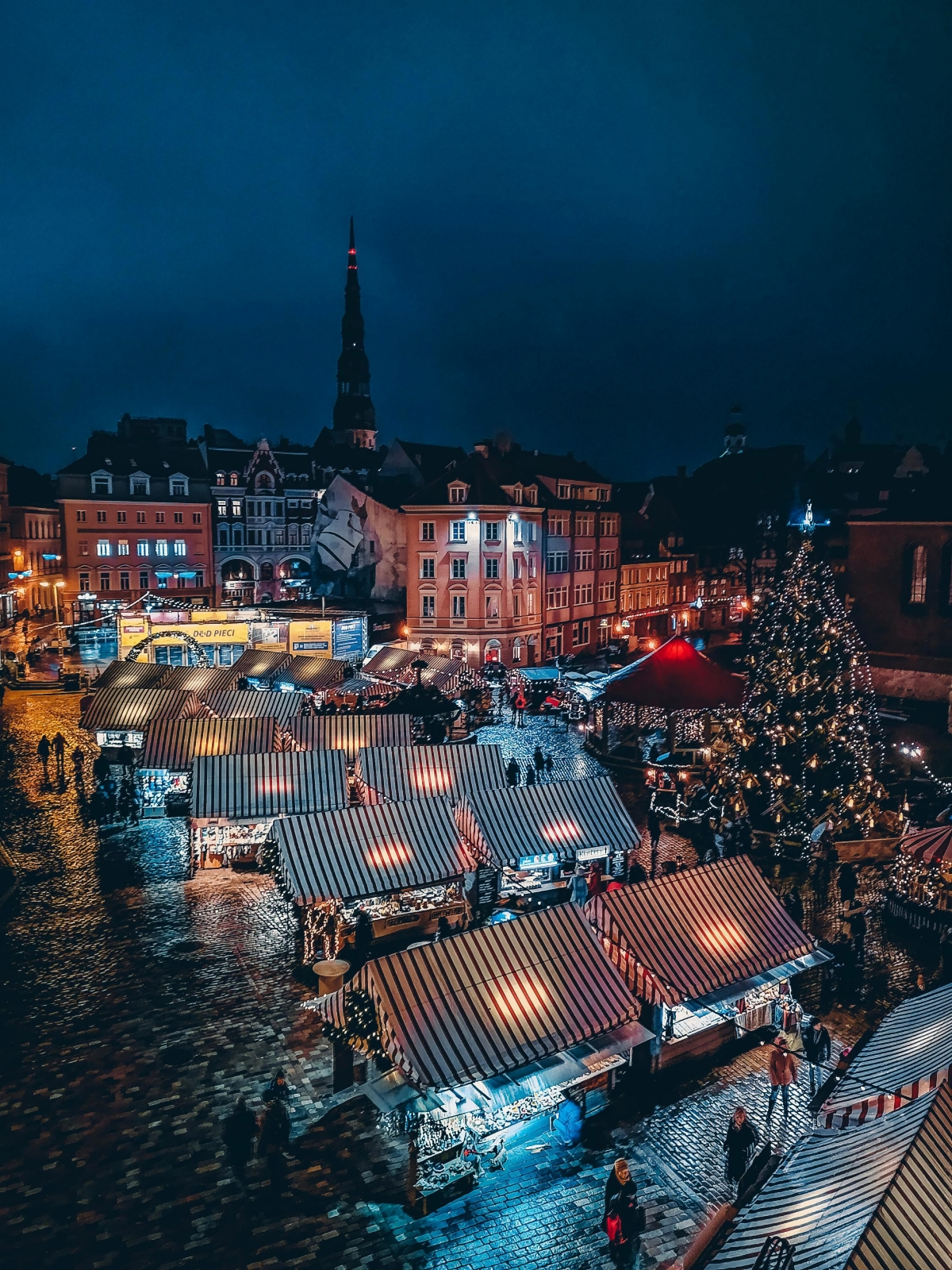
Over time, local craftspeople, like toymakers and bakers, set up stalls to sell their goods as gifts. Then, a major shift in religious tradition put a new emphasis on exchanging gifts right at Christmas. This cultural change supercharged the markets, turning them into the festive hubs for presents and celebration we know today. The famous ‘Christ Child Markets’ you hear about are a direct nod to this legacy.
Knowing this changes how you see everything. Those charming wooden stalls? They’re a throwback to the temporary structures of old-world traders. The focus on handmade goods connects to a time when local artisans were the lifeblood of the town. It’s this deep-rooted history that gives the best markets their authentic soul.
The Pro-Tips That Actually Work
Before we jump into specific cities, there are a few universal rules I’ve learned (some the hard way) that make all the difference between a joyful visit and a frustrating one.
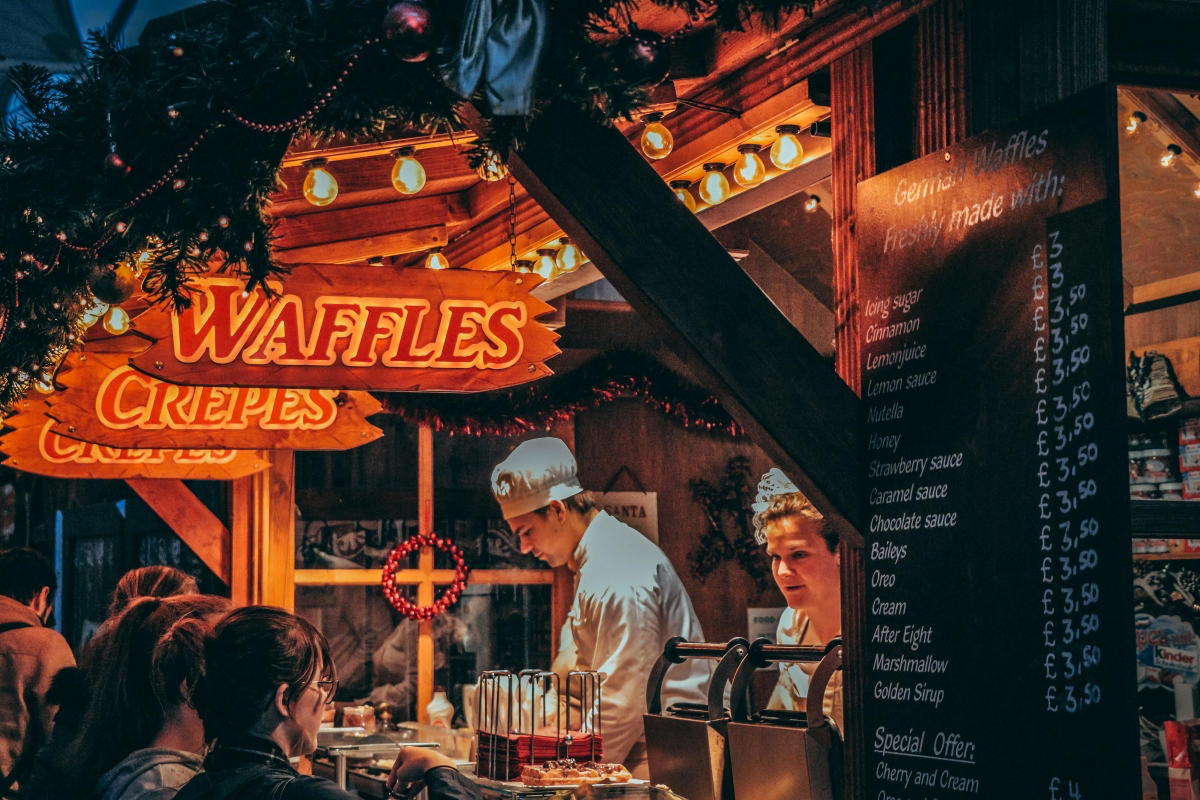
Timing is Everything
The single biggest mistake you can make is showing up at the wrong time. A market that’s utterly charming on a Tuesday afternoon can become a claustrophobic nightmare on a Saturday night. My golden rule? Visit on a weekday, ideally between 2:00 PM and 5:00 PM.
You get to see the crafts and chat with vendors when it’s quiet. Then you can experience that truly special moment when dusk falls and the lights start to glow. Just as the huge evening rush begins, you can happily head out, feeling accomplished instead of trampled. Trust me on this.
Good to know: Most markets open in the last week of November and run until December 23rd or 24th. This is the key window for planning flights and hotels!
Master the Mug Deposit System (Pfand)
When you buy your first mulled wine (Glühwein) or hot chocolate, you’ll notice the price is a few euros higher than you expected. That’s because it includes a deposit, or Pfand, for the beautiful ceramic mug, usually around €3 to €5. This system is genius—it cuts down on waste and keeps the squares tidy.
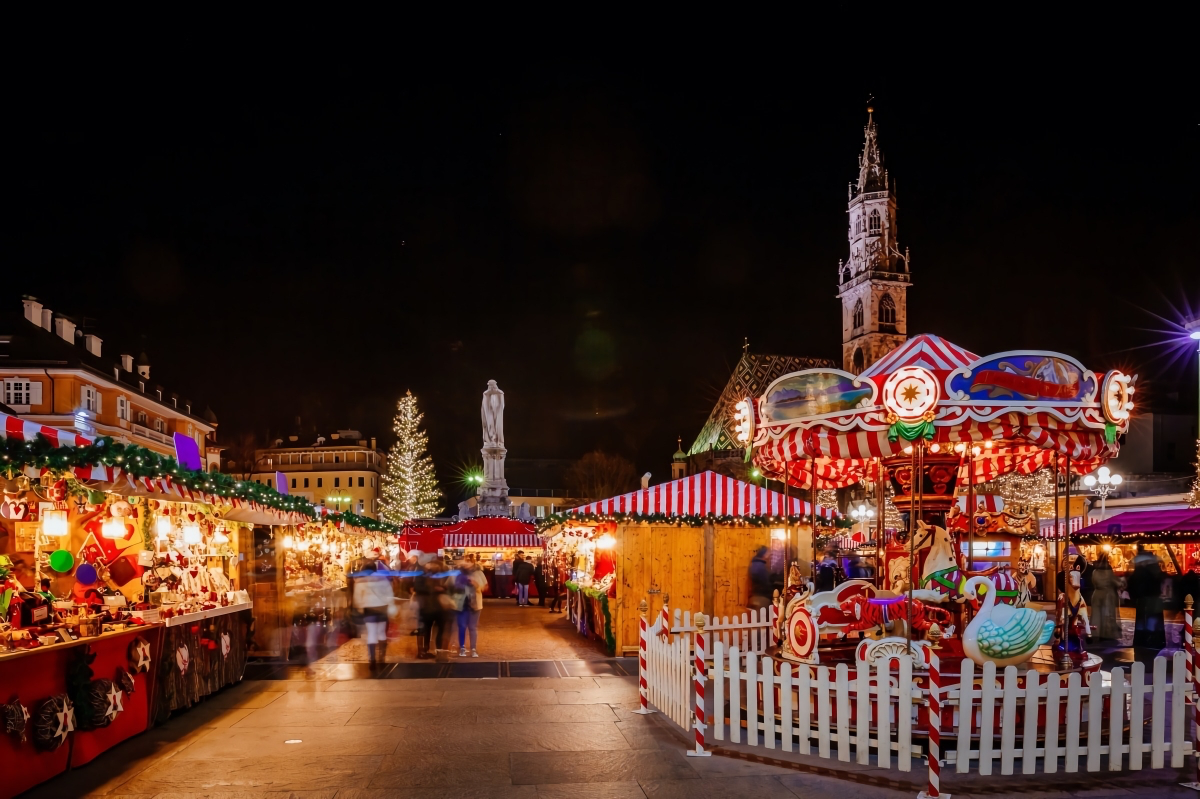
When you’re done, you can return the mug to any stall selling drinks to get your deposit back. Or, you can do what I do: keep it! Each market has its own unique mug design, making for a cheap and perfect souvenir. I have a whole collection at home, and they bring back great memories.
Cash is Still King (and Know the Costs!)
While cards are common in Europe, cash is absolutely essential at the markets. Many food stalls and smaller craft vendors are cash-only. It’s just faster and more efficient for everyone. I suggest bringing at least €50-€100 in cash, with plenty of small bills and coins.
So, what should you expect to spend? A mug of Glühwein will typically set you back €3.50 to €5.00 (plus the mug deposit). A classic sausage in a roll (Bratwurst) is usually around €4 to €6. Small handmade ornaments or souvenirs can range from €5 to €20.
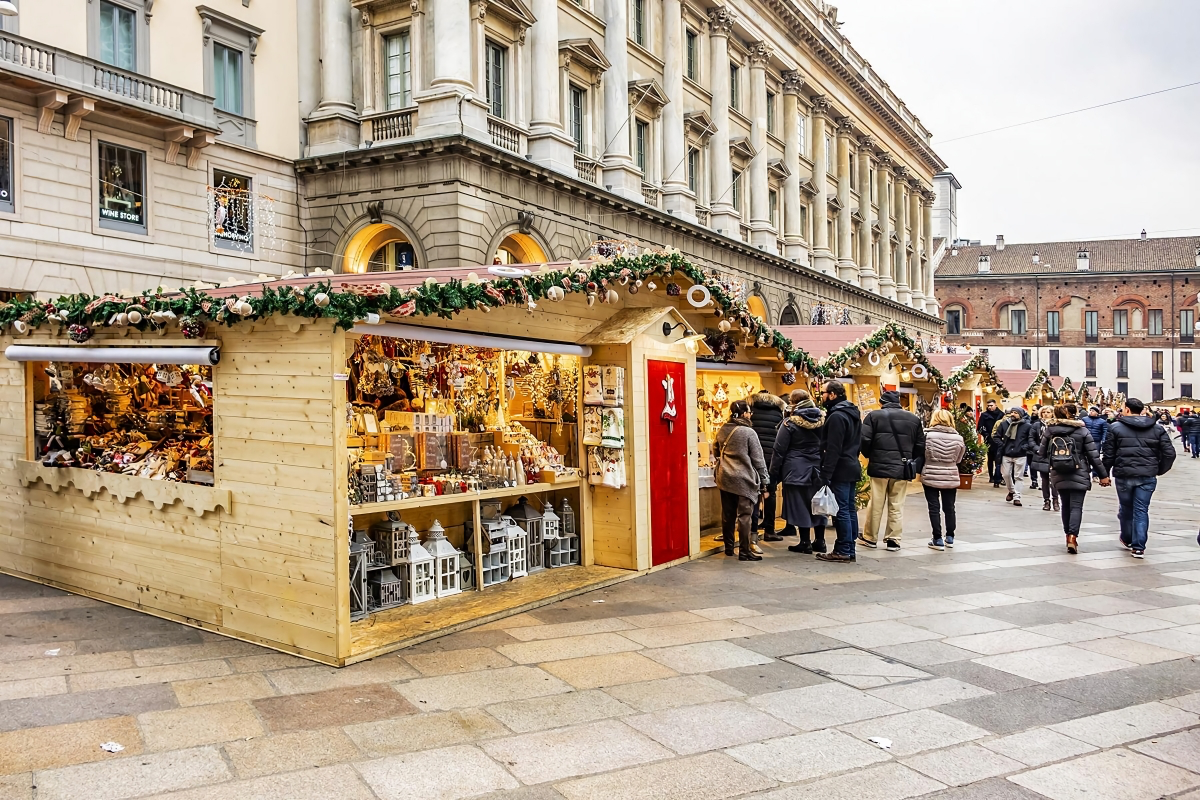
By the way, don’t worry if you don’t speak the local language! Most vendors in the big city markets speak enough English to help you. A simple ‘Hallo’ (hello) and ‘Danke’ (thank you) goes a long way, though!
Dress for the Cobblestones, Not the Catwalk
There’s a special kind of cold that comes from standing on stone ground for hours. Your feet will get cold long before the rest of you does. Insulated, waterproof boots are non-negotiable. But even more important are your socks. Quick tip: I always wear two pairs—a thin liner sock with a thick wool sock over it. It’s a game-changer for trapping heat.
A Tale of Two German Markets: Frankfurt vs. Nuremberg
Germany is the heartland of the Christmas market tradition. To get a feel for the classics, let’s look at two fantastic, yet totally different, examples.
On one hand, you have Frankfurt. As a major commercial hub, its market is huge, historic, and incredibly efficient. The main square, surrounded by reconstructed timber-framed buildings, is a stunning sight but gets unbelievably crowded. The pro move here is to use the main square as your starting point, grab your photos, and then escape to the smaller sections of the market that spill down towards the riverfront. For local flavor, skip the standard bratwurst and look for Bethmännchen, which are delicate little marzipan cookies. Or try the local hot apple wine (Apfelwein)—a tart, refreshing alternative to the sweet mulled wine.
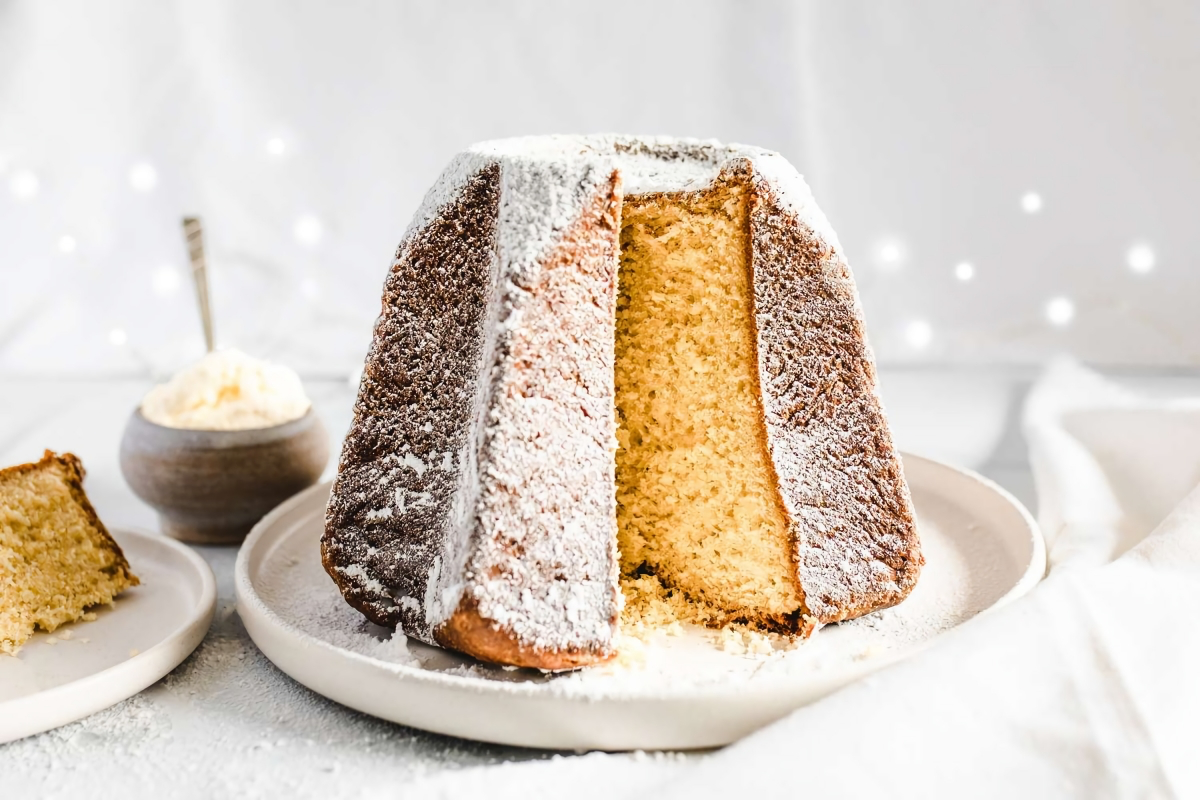
On the other hand, there’s Nuremberg, which is all about fierce tradition. Here, the vibe is completely different. The market stalls must be made of wood and topped with red-and-white striped canvas. No plastic Santas or tacky decorations are allowed. It’s famous for its tiny, finger-sized pork sausages (Nürnberger Rostbratwürstchen), which are so special they’re protected by law. They’re served three at a time in a hard roll (Drei im Weckla) and are an absolute must-try. You’re also in the home of Lebkuchen (a type of gingerbread), so look for tins of ‘Elisenlebkuchen,’ the highest-quality kind.
So, what’s the verdict? Go to Frankfurt for the grand, bustling atmosphere and stunning photos. Go to Nuremberg for a deeply authentic experience where tradition is king.
Vienna: Imperial Charm and Hidden Gems
Vienna’s markets have a more elegant, formal feel, set against the city’s grand imperial architecture. The trick to Vienna is knowing that it’s not about one single market, but many!

The biggest one at the City Hall square (Rathausplatz) is a spectacle, but honestly, it feels a bit like a theme park to me. My advice? Start there for the incredible light displays, then move on to the real gems:
- Spittelberg: Tucked into charming, narrow cobblestone streets, this market feels intimate and is packed with high-quality, handmade arts and crafts. This is where you buy unique gifts.
- Karlsplatz (Art Advent): This one has a more relaxed, artsy vibe. All the food is organic, and the vendors are juried artists. It’s also fantastic for families, with a big area for kids to play.
- Am Hof: This market feels more for locals and is set in one of the city’s oldest squares. It has a great focus on quality crafts without the overwhelming crowds.
A quick tip on getting around: The U-Bahn (subway) is your best friend here. A 24-hour pass is a great investment. You can easily hop between Spittelberg (take the U3 to Neubaugasse) and Karlsplatz (U1, U2, or U4 stop). And while you’re there, be sure to try the variety of Punsch (punch)—it’s a Viennese specialty!
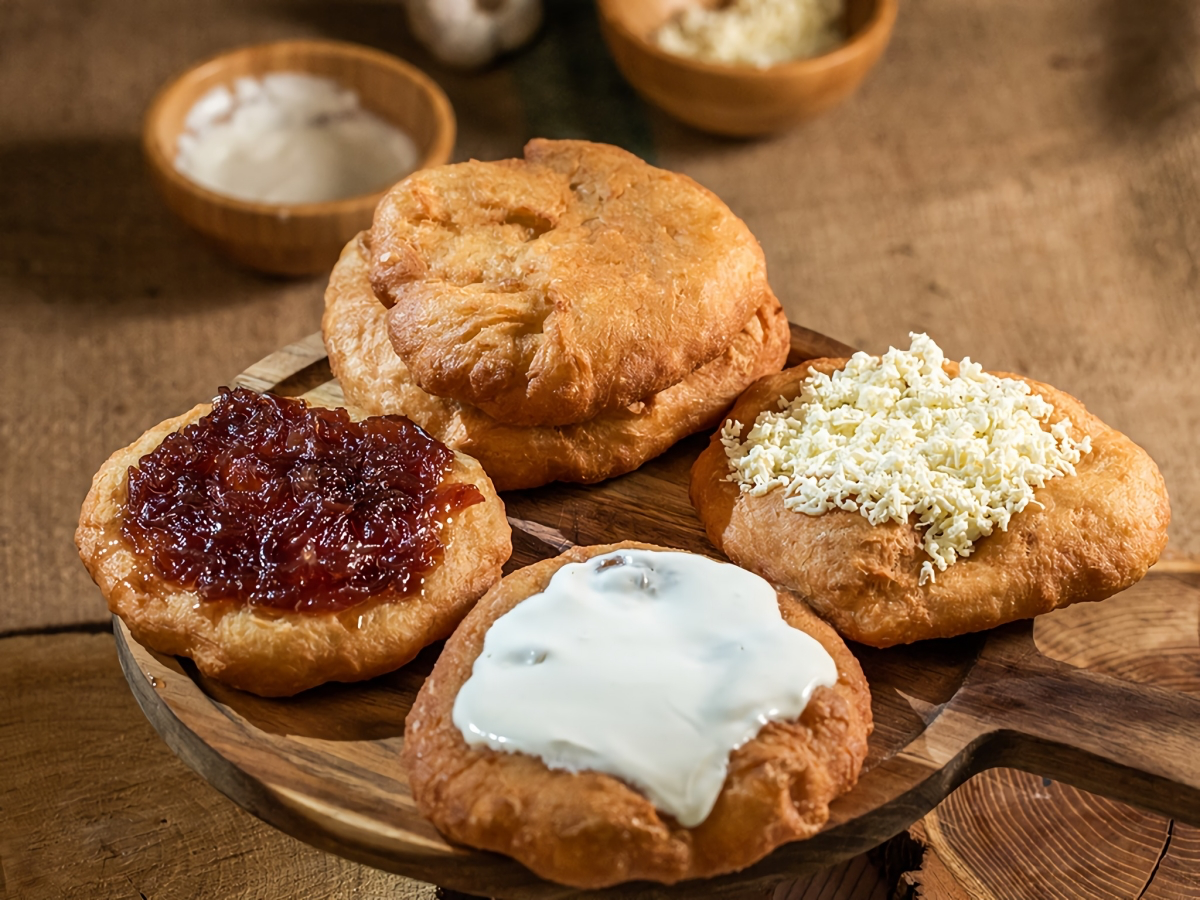
Prague: A Fairytale Setting with a Twist
Prague’s main market in the Old Town Square is breathtakingly beautiful. It really does feel like a storybook. But that beauty means crowds—serious crowds.
My strategy for the Old Town Square is to stick to the perimeter. You can see everything perfectly without getting trapped in the human traffic jam in the middle. Or, check out the smaller markets at Wenceslas Square or up at Prague Castle for amazing city views.
Lesser-known trick: You’ll see Trdelník (chimney cake) sold everywhere, marketed as an ancient Czech pastry. It’s delicious, but its massive popularity is actually a pretty recent thing for the tourist crowds. A more authentic local tradition? The giant tubs of live carp sold on the streets in the days before Christmas, ready to become the traditional Christmas Eve dinner.
Short on Time? The 1-Hour Market Blitz
If you’re just passing through a city, you can still capture the essence of the market. Here’s your plan:
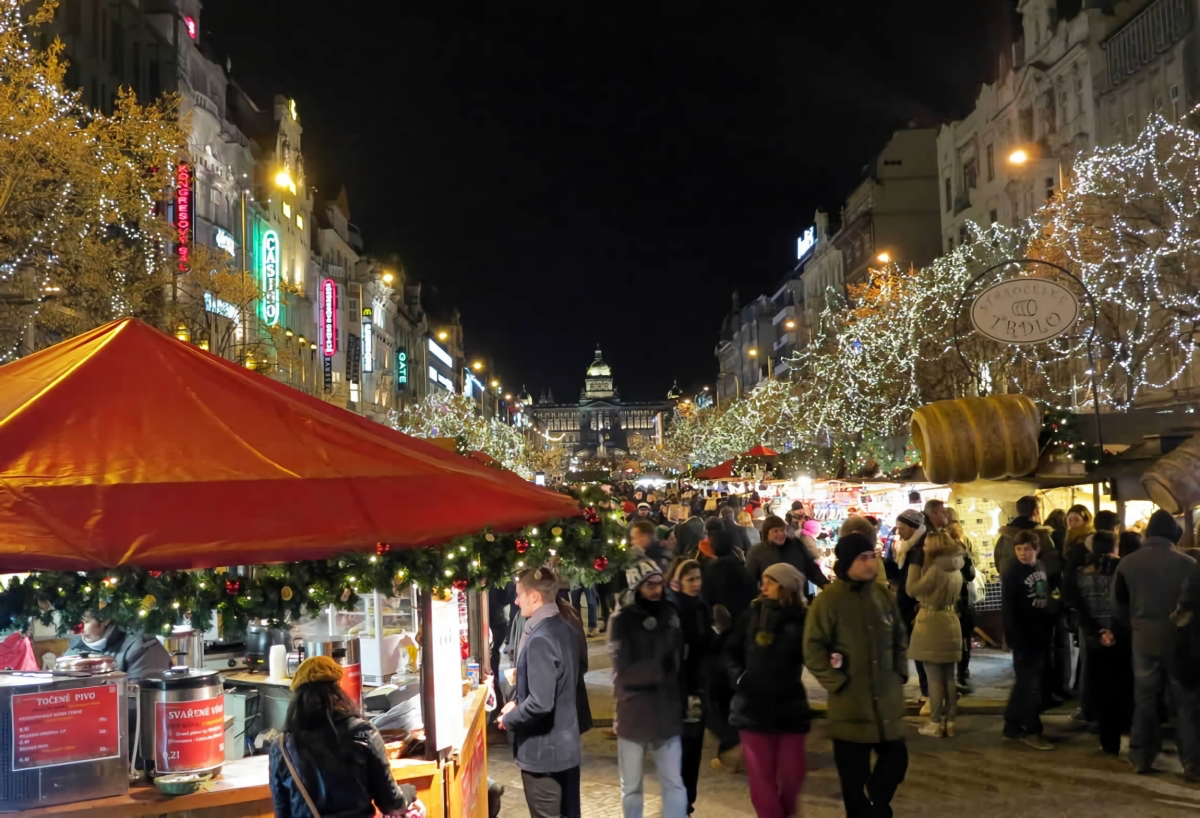
- Head straight for a drink stall. Grab a Glühwein or local Punsch immediately. Holding the warm mug is half the experience.
- While you sip, find ONE iconic local food. A Drei im Weckla in Nuremberg, a potato pancake in Vienna. Eat it while you walk.
- Find one stall selling authentic, locally made ornaments. Buy one for your tree. Done!
In an hour, you’ve tasted, seen, and participated in the tradition. Mission accomplished.
Staying Safe and Smart
A few final thoughts to make sure your trip is a great one. These markets are very safe, but dense crowds are a playground for pickpockets. Wear your backpack on your front, and keep your wallet and phone in a zipped inside pocket.
Oh, and now for the most practical tip of all: the toilet situation. Finding a restroom (‘WC’) can be an adventure. Look for official signs, as public facilities are your best bet. Be prepared to pay a small fee, usually €0.50 to €1, so it’s always a good idea to keep some coins handy!
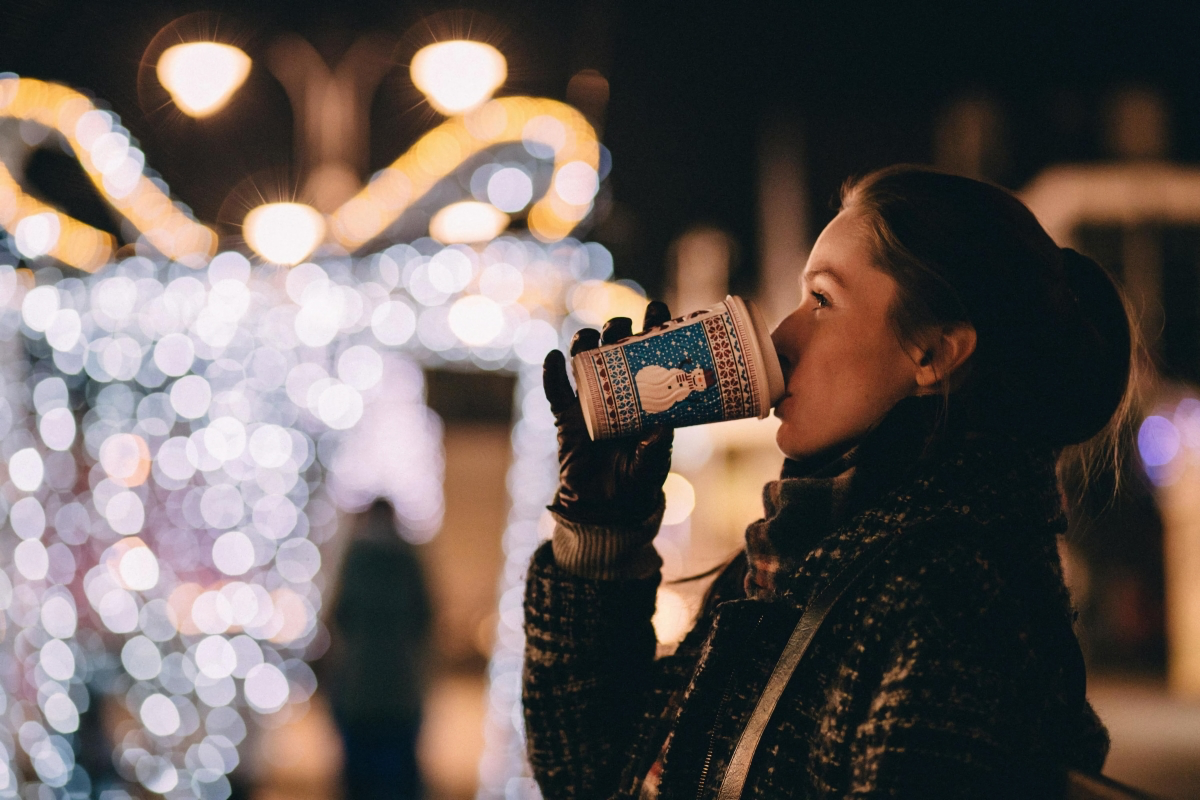
Finally, remember that the mulled wine can be stronger than you think. Enjoy it, but go slow. By visiting smartly, you move beyond being just another tourist. You become part of a beautiful, living tradition that will warm you long after the last sip is gone.
Inspiration:
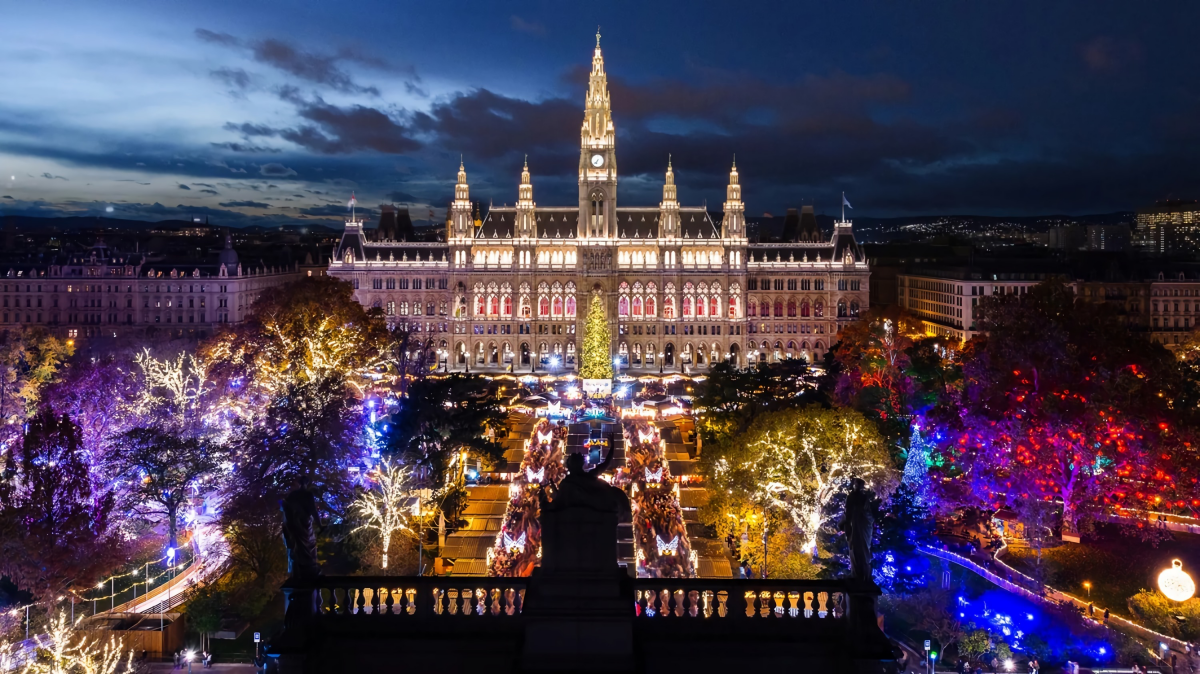
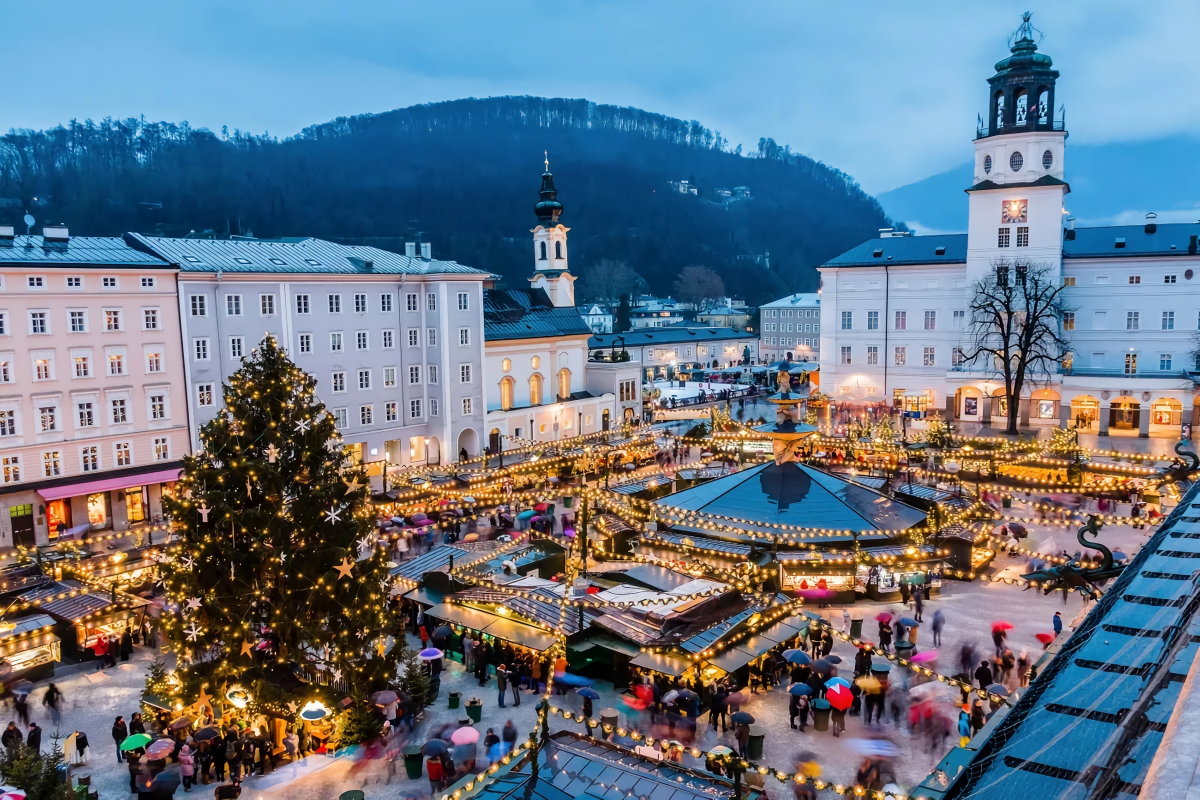
- Start with layers: A thermal base layer is your best friend.
- Waterproof footwear is non-negotiable. Cobblestones + melted snow = cold, wet feet otherwise.
- Pack a few disposable hand warmers. They are a game-changer when you’re holding a cold drink.
- Choose a small crossbody bag or a secure pocket to keep your hands free for mugs and snacks.
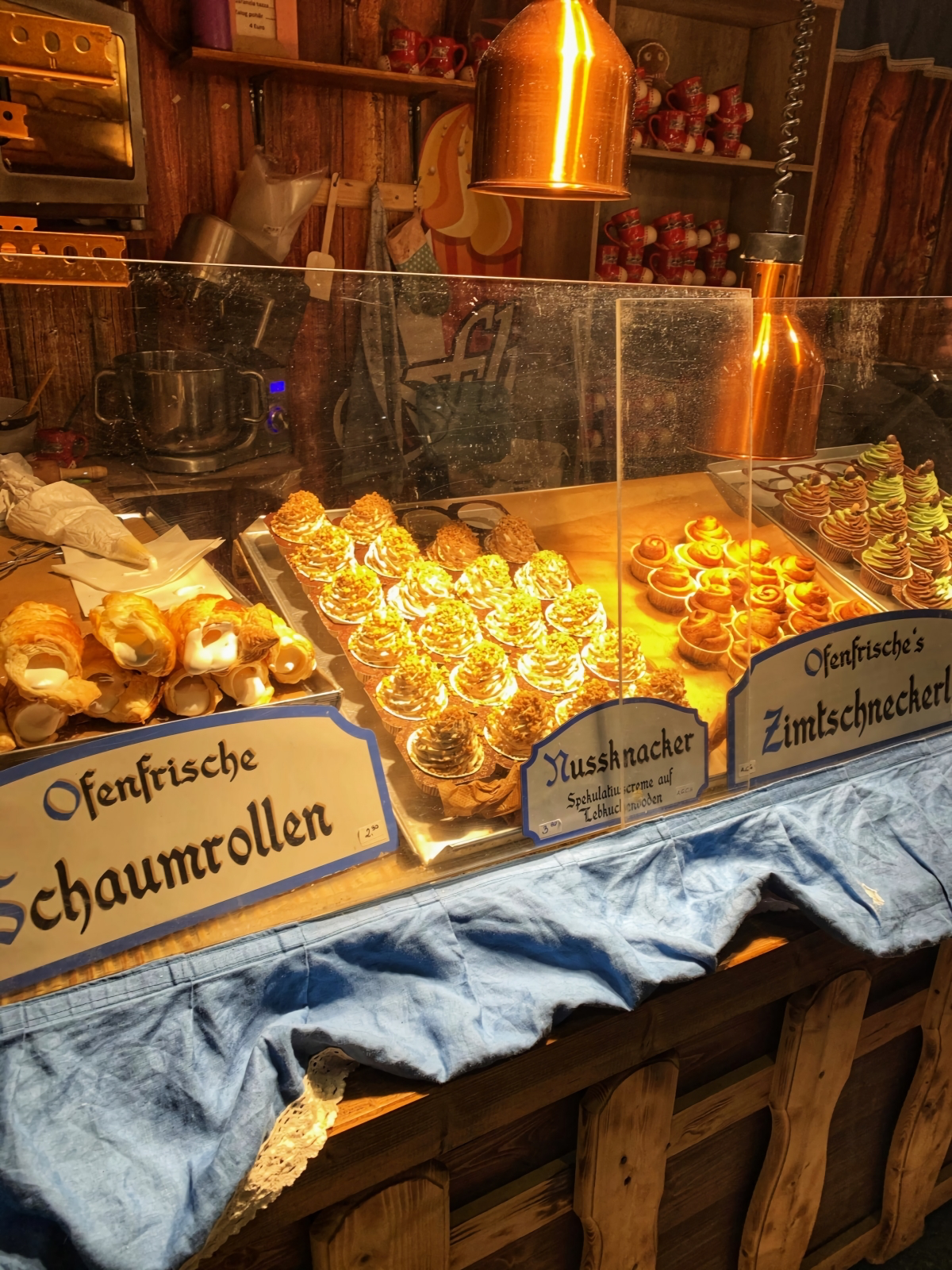
The tradition of the Christmas market mug, or ‘Tassenpfand’, is a brilliant German system for reducing waste.
When you buy your first Glühwein, you’ll pay a deposit (typically €2-€5) for the festive ceramic mug it’s served in. This ‘Pfand’ is a deposit. You can either return the mug to any vendor selling drinks to get your deposit back, or keep it as a charming and affordable souvenir. Each city and sometimes each market has its own unique design each year!
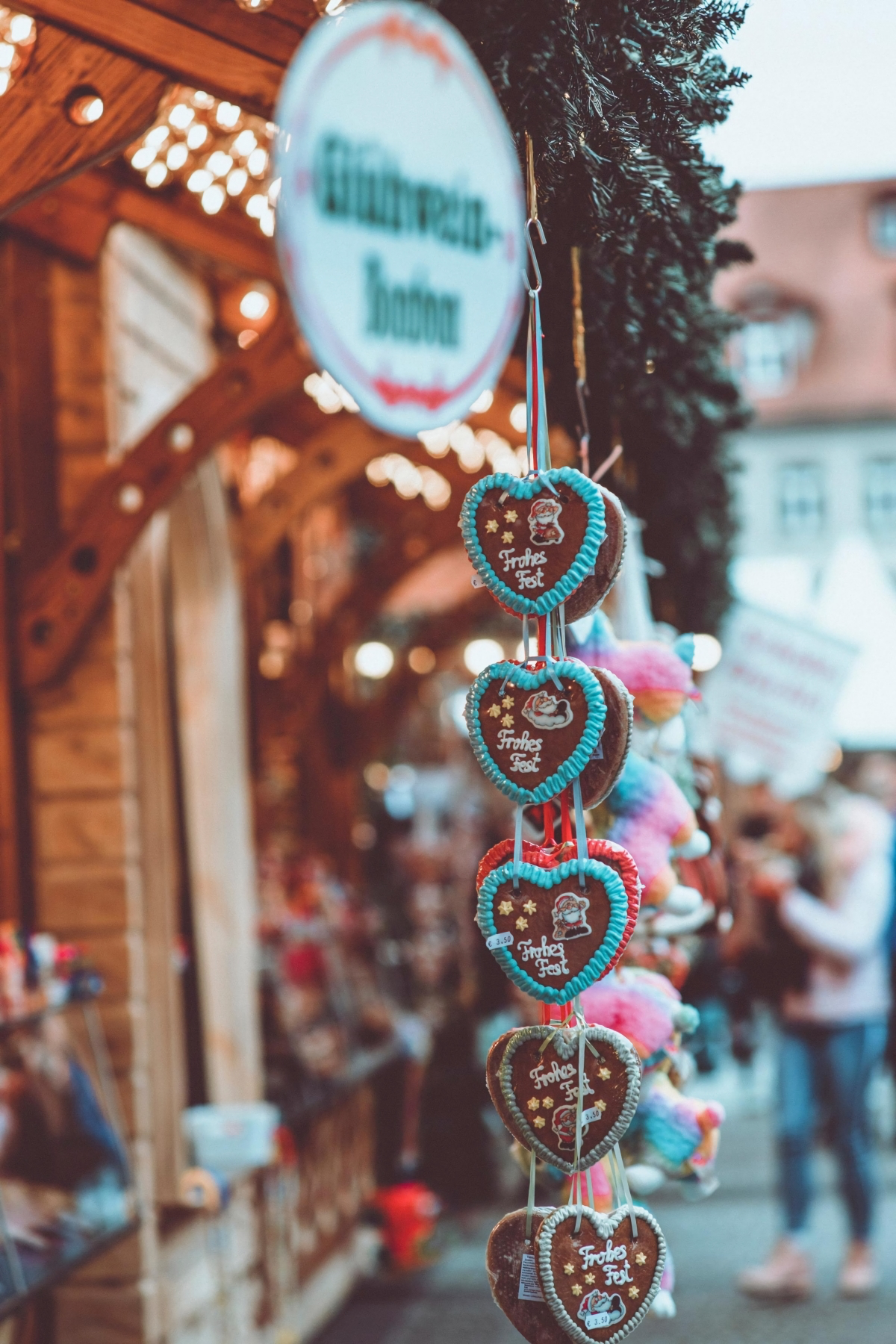
What’s that incredible smell of burning sugar and rum?
You’ve likely stumbled upon a stall selling Feuerzangenbowle. It’s a spectacular German drink where a large, rum-soaked sugarloaf is set ablaze over a vat of mulled wine. The caramelized, boozy sugar drips into the wine, creating a richer, stronger, and more theatrical version of Glühwein. It’s a must-see (and must-taste) experience, especially famous at the Nuremberg and Munich markets.
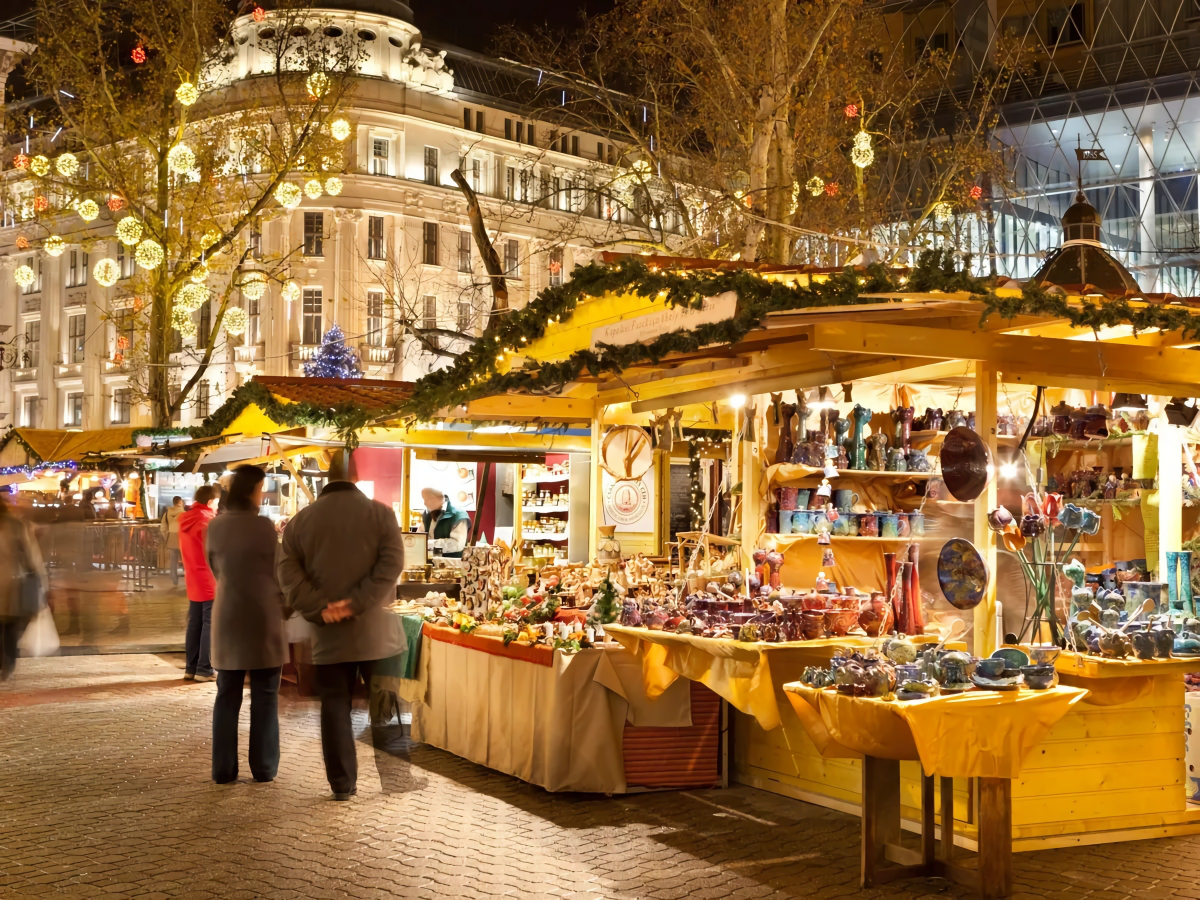
Crucial point: Carry cash. While some large, corporate-style stalls in major hubs like Vienna might have card readers, the soul of the market—the independent artisans, the small food stands, the grandma selling hand-knitted socks—is almost exclusively cash-based. Having a good supply of small Euro notes and coins is essential for a smooth and authentic experience.
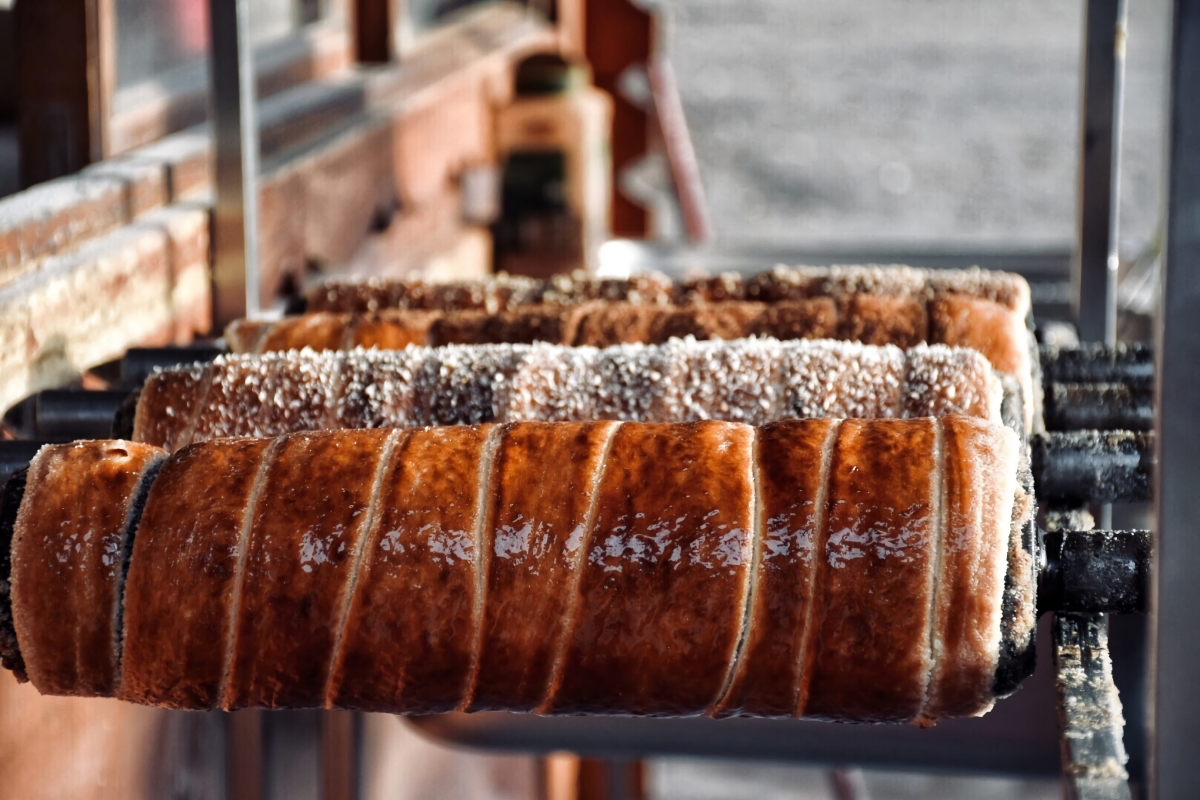
While the big city markets are dazzling, the real magic often lies in the smaller towns. For an atmosphere straight out of a fairy tale, consider these alternatives:
- Colmar, France: Its six interconnected markets in the half-timbered old town feel like a storybook comes to life.
- Rothenburg ob der Tauber, Germany: A perfectly preserved medieval town where the Reiterlesmarkt feels timeless.
- Hallstatt, Austria: A tiny market on the shores of a stunning lake, offering intimacy over sheer scale.
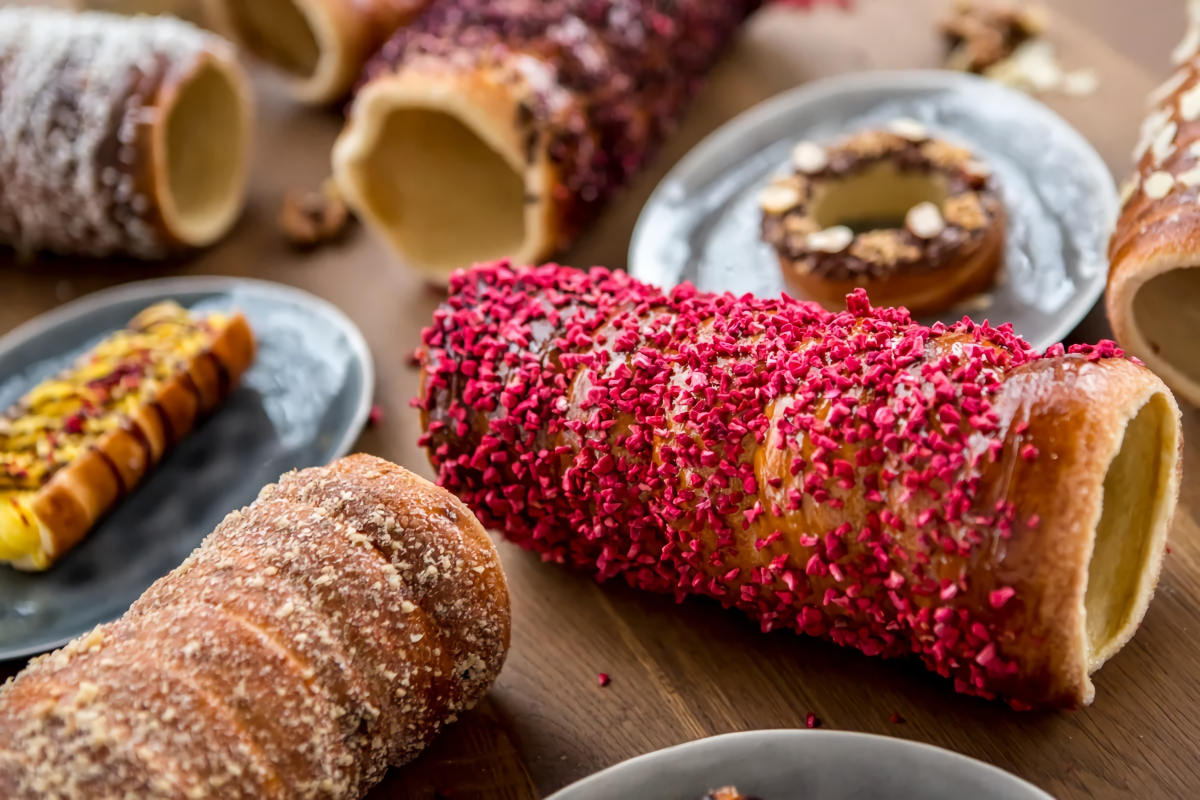
Germany alone consumes over 50 million liters of mulled wine during the Christmas market season.
But don’t just stick to the standard red Glühwein. Look for regional variations. In some areas, you’ll find white wine versions (weißer Glühwein), while others offer options with a shot of amaretto or rum (mit Schuss). In Scandinavia, seek out Glögg, which often includes almonds and raisins.
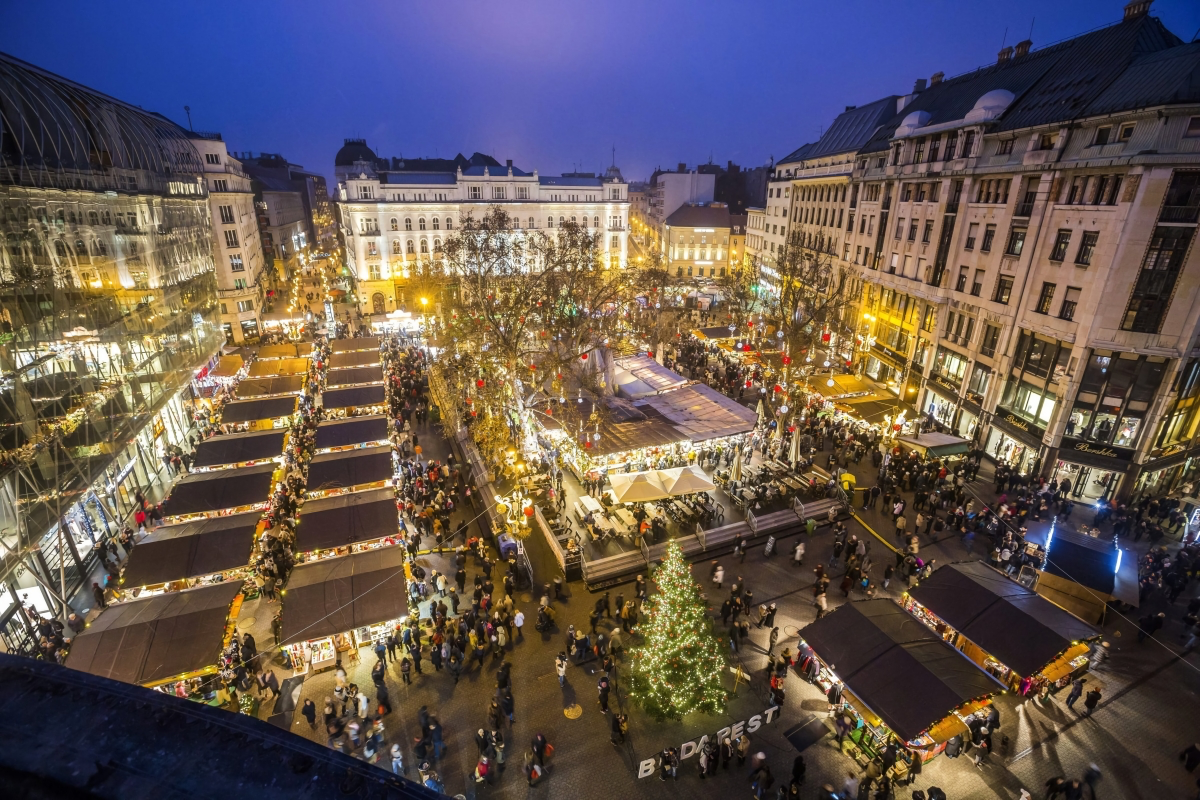
Käsespätzle: Hearty, comforting German-style mac and cheese, made with egg noodles and strong mountain cheese like Emmentaler, often topped with crispy fried onions.
Raclette: A Swiss-French tradition where a giant wheel of cheese is heated until it melts, then scraped onto a plate with potatoes, pickles, and cured meats.
Both are delicious, but Käsespätzle is the perfect one-bowl meal to warm you up, while Raclette is a more interactive, savory experience.
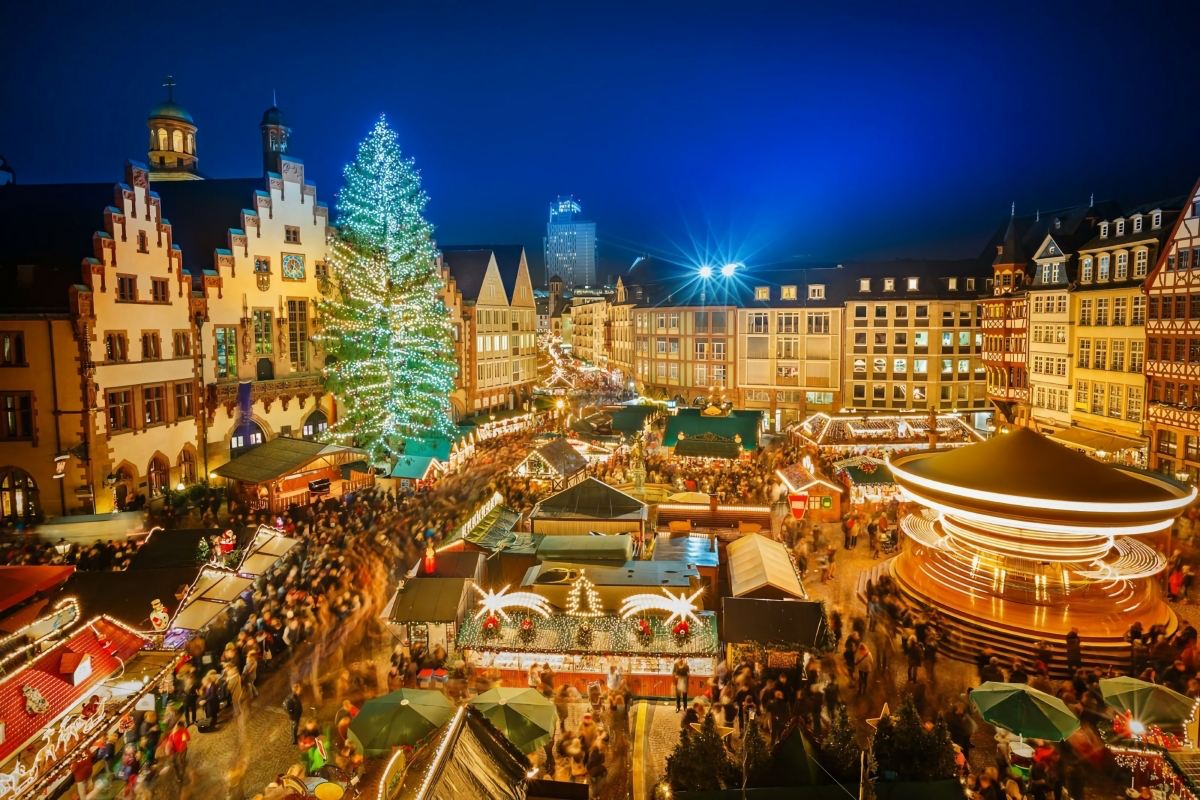
- Hand-carved wooden smoking figures that puff fragrant incense.
- Delicate, mouth-blown glass ornaments from the Lauscha region.
- Rich, honey-scented beeswax candles in intricate shapes.
The secret to finding authentic treasures? Look for stalls marked with signs like ‘Handarbeit’ or ‘Kunsthandwerk’. This signals that the goods are genuinely handmade by artisans, not mass-produced imports, ensuring you’re buying a true piece of local culture.

The market you visit at 2 PM is not the same one you’ll experience at 8 PM. A daytime visit is perfect for seriously browsing crafts, avoiding the biggest crowds, and taking clear photos. But the real magic ignites after sunset. The glow of millions of fairy lights, the steam rising from food stalls, and the festive buzz of the evening crowd create an entirely different, more romantic and enchanting atmosphere.
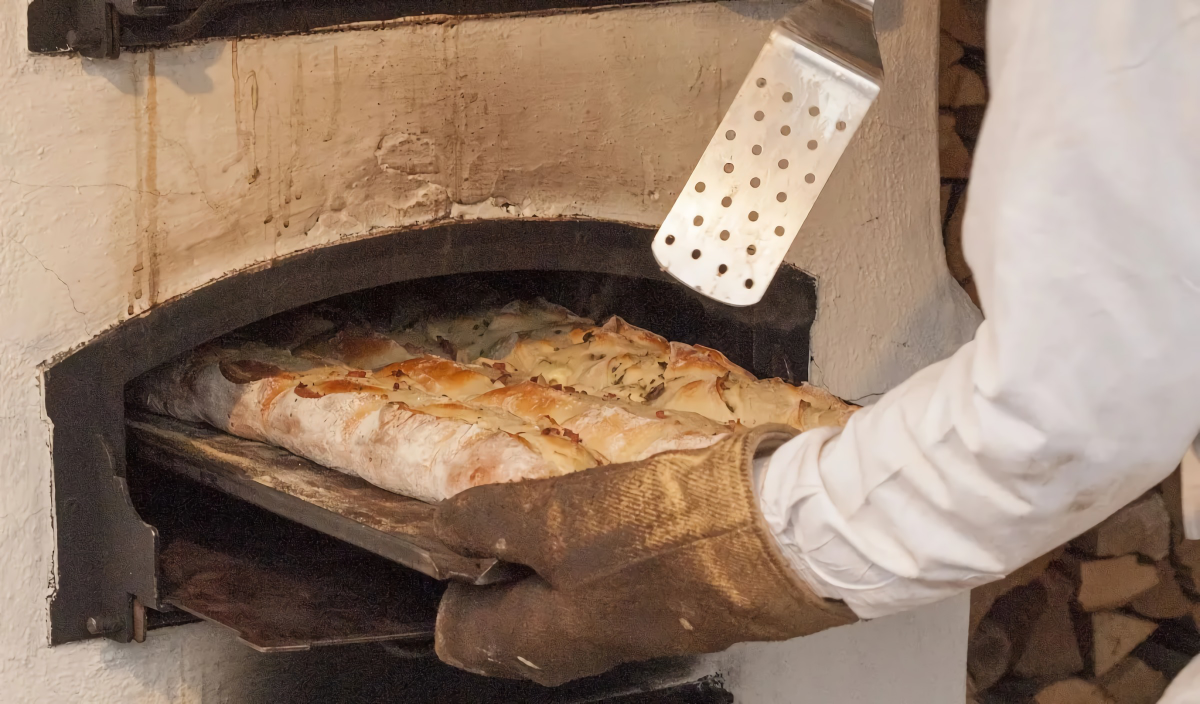
Forget generic gingerbread. At an authentic German market, you should seek out a true Lebkuchen from Nuremberg. These are not your typical crunchy gingerbread men. Protected by EU law (PGI), Nuremberg Lebkuchen are large, soft, chewy, and nutty, often baked on a thin wafer base called an ‘Oblate’. Look for stalls from famous traditional bakeries like Lebkuchen-Schmidt to taste the real deal.
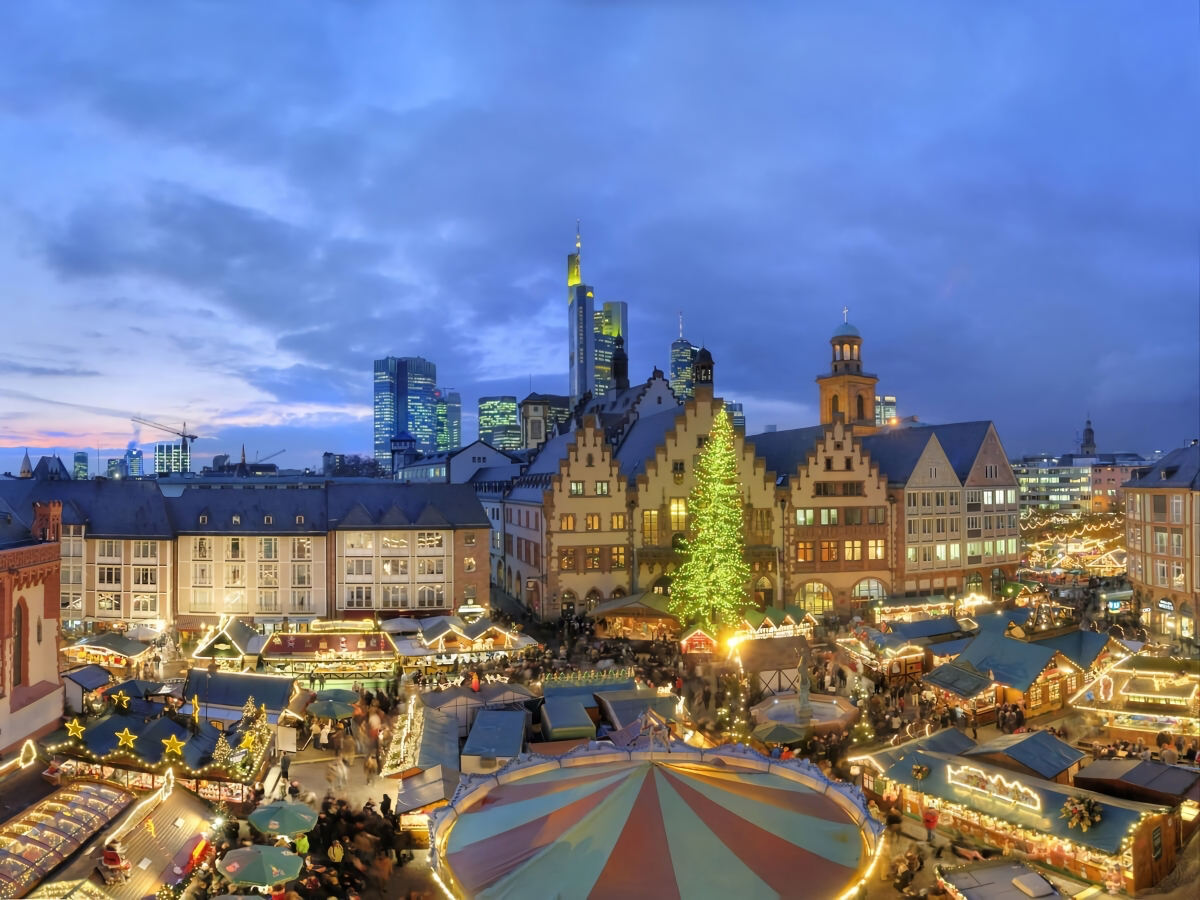
Where do those iconic German nutcrackers and smokers come from?
Many of the most famous traditional wooden Christmas decorations originate from the Erzgebirge, or Ore Mountains, in Saxony. This region has a centuries-old history of woodworking and toymaking. When you buy a Räuchermann (smoker) or Nussknacker from a vendor specializing in Erzgebirge crafts, you’re not just getting a souvenir; you’re taking home a piece of German folk art history.
The best food is rarely found at the main entrance. The prime real estate spots often have the highest rents and, sometimes, the most generic food. Take a walk around the entire market first. The smaller, family-run stalls tucked away in the corners or side alleys are often where you’ll find the best regional specialties, like the three-in-a-bun Nürnberger Rostbratwurstl or a perfectly crispy Reibekuchen (potato pancake).










